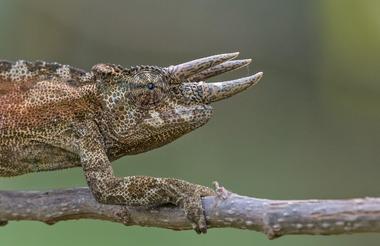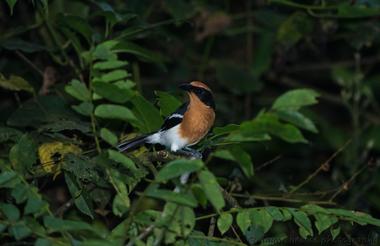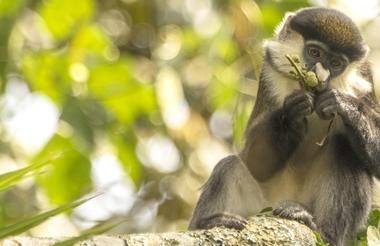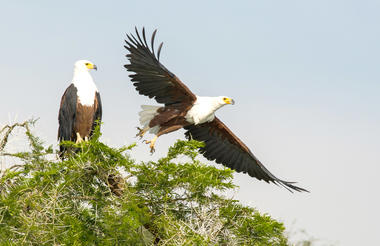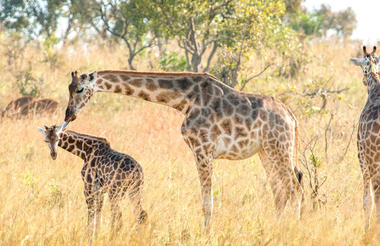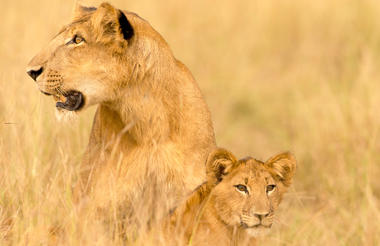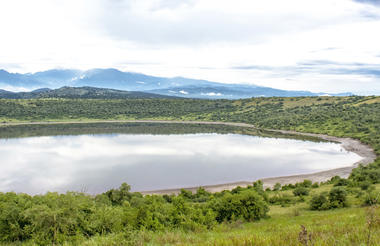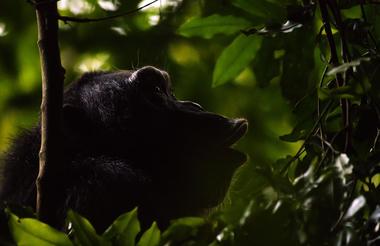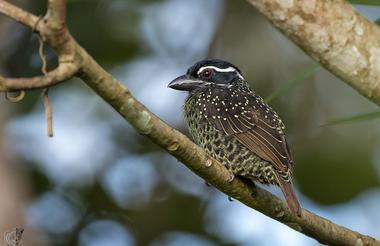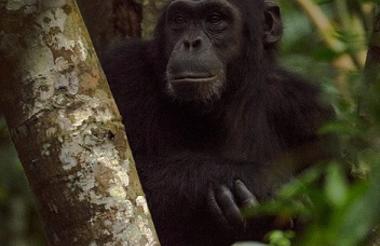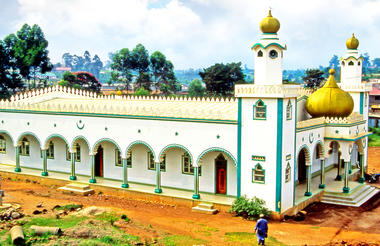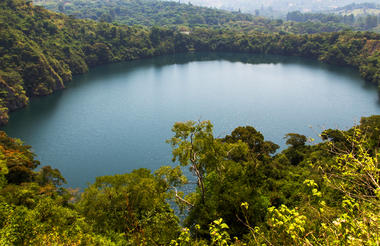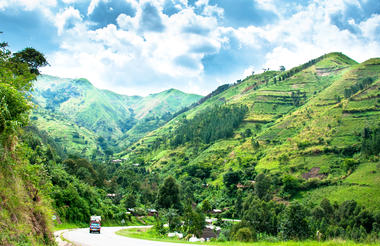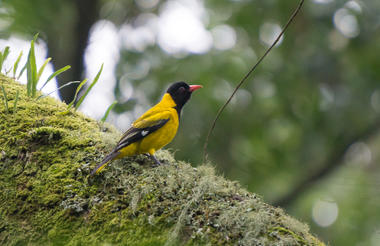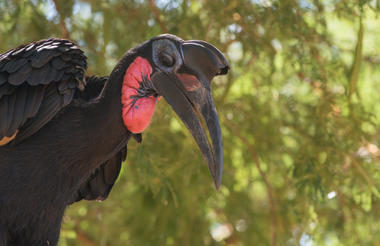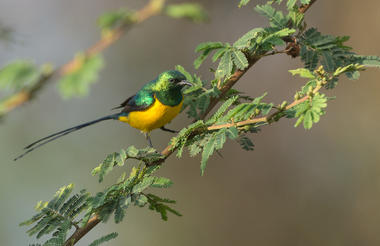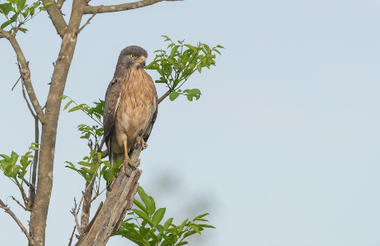We will most like arrive in Entebbe at some ungodly hour. Either way, we will be met at the airport and driven to our accommodation.


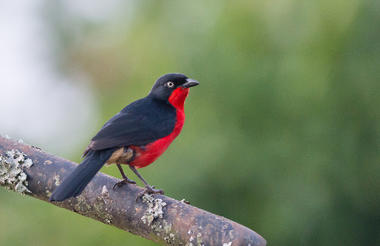
Airport Transfer

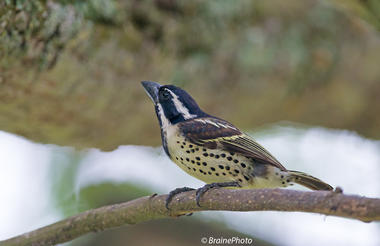
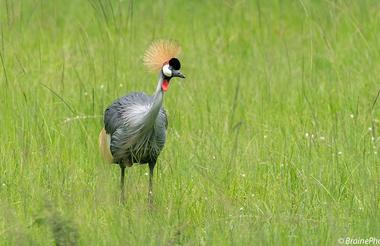
An early start will take us on our 8 hour drive to Ruhija, Bwindi Impenetrable National Park. This is the Albertine Rift endemics capital of Uganda and also Africa’s number one birding spot. Depending on our timing for the day we can squeeze in some birding at Echuya Forest Reserve along the way. Echuya Reserve This forest reserve is situated in the western part of the country just near Rwanda border. This spot is home to over 150 bird species and 18 of these species are endemic to the reserve. This forest is also known as one of the important habitant due to its rare flora and fauna as well as sustainable tourism initiatives that have been carried out around the reserve. The guides at the reserve will be of help to any interested birder to engage in a birding expedition. The reserve’s main bird species include; Archer’s Robin-Chat,Grauer’s Warbler, Mountain Masked Apalis,Doherty’s Bush-Shrike, Dwarf Honey guide, Collared Apalis, Strip-breasted Tit, Regal Sunbird, Montane Oriole, RwenzoriBatis, Grauer’s Rush Warbler and White-eyed Slaty Flycatcher. Etc., which can be very productive offering Stripe-breasted Tit, Rwenzori Batis, White-browed Crombec, White-naped Raven, Purple-breasted Sunbird, Sharp’s Starling, Mountain Masked and Rwenzori Apalis.
We will be welcomed at Broadbill Forest Camp with a glass of freshly squeezed fruit juice and a damp cloth to freshen up. The Camp, a mid range lodge located in Ruhija, on the Eastern edge of Bwindi Impenetrable Forest, is home to half of the remaining mountain gorillas and famous for gorilla tracking. It is calm and peaceful with fantastic views of Bwindi Impenetrable Forest making it a perfect place to totally unwind and relax, not that we will have a chance to do so. There are so many fantastic bird species here that you will want to spend every moment glued to your binos.
Birds seen around Broadbill Forest Camp:
- African Green Broadbill
- Short-tailed Warbler
- Red-throated Alethe
- Kivu Ground-Thrush
- Red-faced Woodland Warbler
- Yellow-eyed Black Flycatcher
- Strange Weaver
- Rwenzori Batis
- Grauer’s Warbler
- Grauer’s Rush Warbler
- Handsome Francolin
- Rwenzori Turaco
- Rwenzori Double-collard Sunbird
- Blue-headed Sunbird
- Regal Sunbird
- Purple-breasted Sunbird
- Mountain Musked Apalis
- Rwenzori Apalis
- Stripe-breasted Tit
- Archer’s Robin-Chat
- Rwenzori Nightjar
- Dwarf Honeyguide
- Dusky Crimsonwing
- Shelly’s Crimsonwing
Being situated so high up means that it can get very cold. We can look forward to warming up by the fire place with a glass of South Africa's finest papsak wine. Do't get a fright when getting into bed at night...it's only a most-welcome hot water bottle that they have put under your covers.
The staff here are truly wonderful.



Let the real birding begin!!! After a beautiful breakfast of fresh fruit and omelettes we will head into the park. This section of Bwindi is generally at a higher altitude and is therefore cooler. Temperatures range between 10 and 18 degrees Celsius. Forest birding at Bwindi ranks the best in Uganda. It is home to over 23 highly localized Albertine Rift endemics and for the next two days we will look for specialty birds including Black-faced Rufous Warbler, Grauer's Warbler, Banded Prinia, Blackfaced Apalis, Black-throated Apalis, Mountain Masked Apalis, Red-throated Alethe, Yelloweyed Black-flycatcher, Ashy Flycatcher, Dusky-blue Flycatcher, Chapin's Flycatcher, Chin-spot Batis, Cassin's Grey Flycatcher, Rwenzori Batis, Black-and-white Shrike-flycatcher, White-bellied Crested-flycatcher, Pale-breasted Illadopsis, Mountain Illadopsis, African Hill- Babbler, Dusky Tit, Blue-throated Brown Sunbird, Blue-headed Sunbird, Northern Double-collared Sunbird, Grey-headed Sunbird, Mackinnon's Fiscal, Sooty Boubou, Pink-footed Puffback, Doherty's Bush-shrike, White-naped Raven, Montane Oriole, African Golden Oriole, Stuhlmann's Starling, Narrow-tailed Starling, Waller's Starling, Strange Weaver, Brown-capped Weaver, Black-billed Weaver, Dusky Crimsonwing, Yellow-bellied Waxbill, Yellow-crowned Canary, Thick-billed Seedeater, Streaky Seedeater, African Green Broadbill, Shelly's Crimsonwing, Oriole Finch, Mountain Buzzard, Ayre's Hawk-eagle, Handsome Francolin, Black-billed Turaco, Barred Longtailed Cuckoo, African Wood-Owl, Rwenzori Nightjar, Scarce Swift, Bar-tailed Trogon, Cinnamon-chested Bee-eater, Black Bee-eater, (Western) Bronze-naped Pigeon, Red-chested Owlet, Tullberg's Woodpecker, Elliot's Woodpecker, African Broadbill, Western Green Tinkerbird, Lagdens Bush Shrike, Petit's Cuckoo-shrike, Grey Cuckoo-shrike, Archer's Ground Robin, Toro Olive-Greenbul, Ansorge's Greenbul, Equatorial Akalat, White-bellied Robin chat, Olive Thrush, White-tailed Antthrush, Grauer's Rush-warbler, Short-tailed Warbler, Neumann's Warbler and Red-faced Woodland Warbler.
